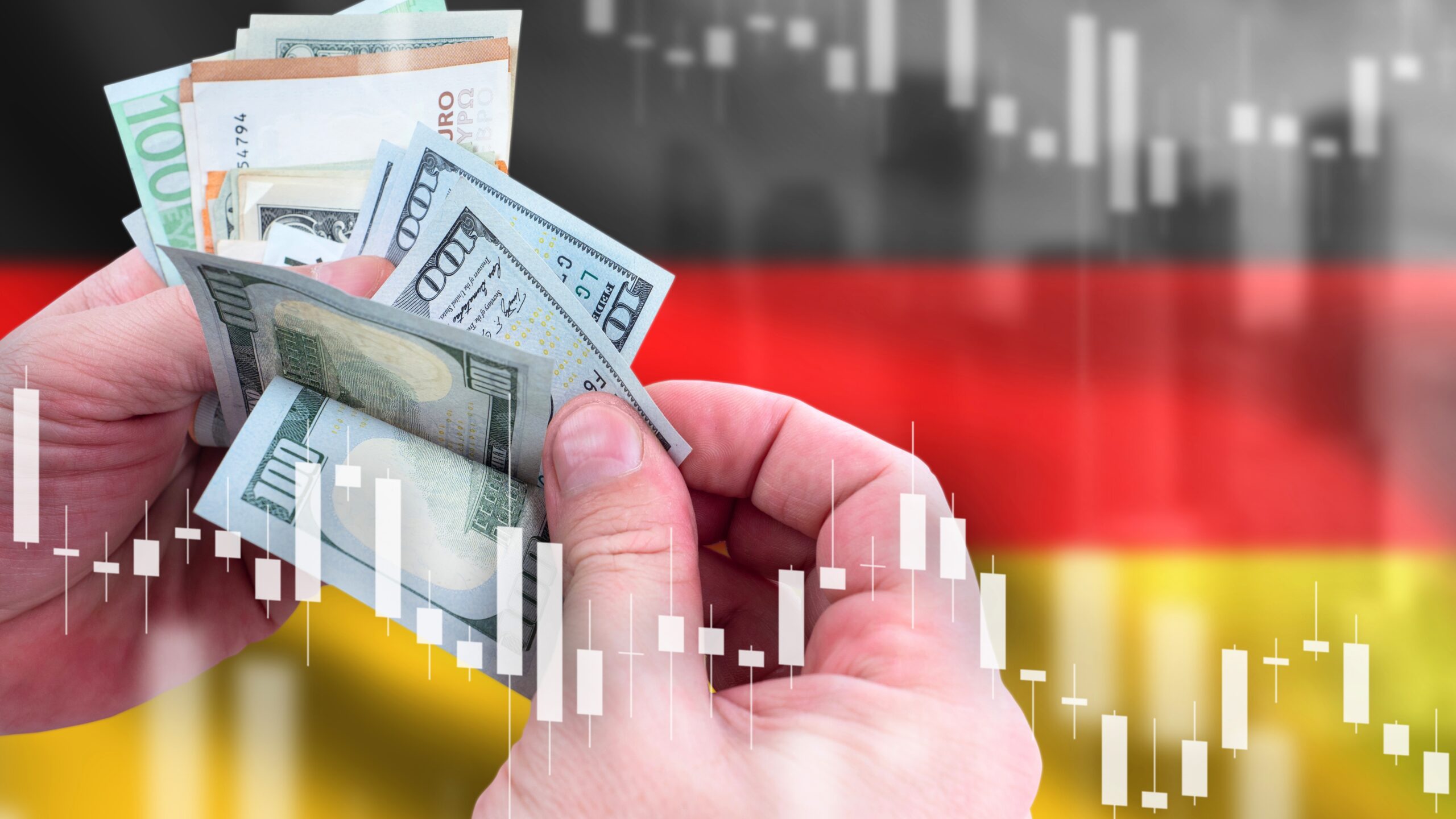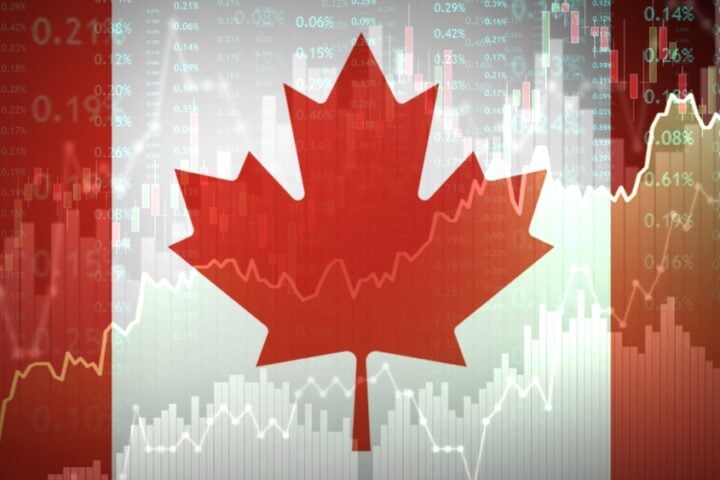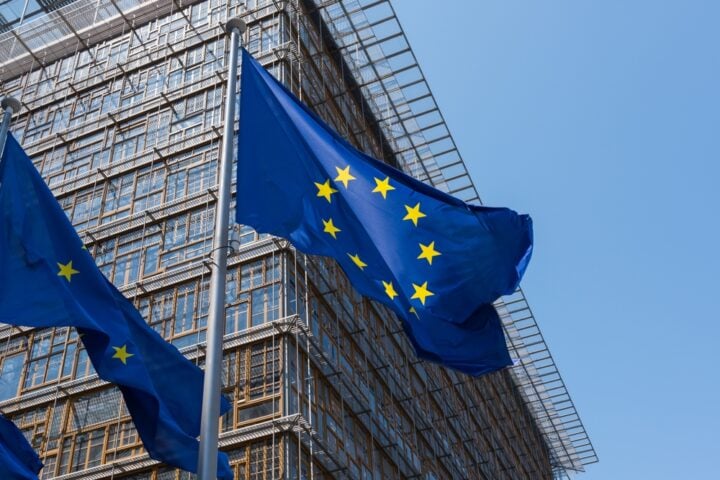Germany Faces Second Year of Economic Contraction Ahead of Snap Election
Germany is on the verge of reporting a second consecutive year of economic contraction, underscoring the challenges awaiting the country’s next government following February’s snap election. Analysts predict a 0.2% decline in GDP for 2024, a sharp contrast to the 0.8% growth anticipated for the broader euro zone.
Flat fourth-quarter growth expected
Economic data suggests that Germany’s GDP grew by just 0.1% in the fourth quarter, falling short of reversing the year’s economic decline. “We’re expecting fourth-quarter growth to be flat because of this anemic sideways movement we’ve been observing in various indicators,” said Vincent Stamer, an economist at Commerzbank.
Industrial production saw a slight uptick in November, but it wasn’t enough to drive significant year-end growth, according to Bloomberg Economics.
Economic challenges and ECB support
Germany’s economy continues to grapple with structural issues, including:
- Worsening demographics: A shrinking workforce is putting pressure on long-term growth.
- Aging infrastructure: Outdated facilities hinder productivity.
- Declining competitiveness: Challenges in manufacturing and global trade are taking a toll.
The European Central Bank’s (ECB) efforts to cut borrowing costs — with four rate reductions in 2024 and more planned in 2025 — may provide a boost to investment and benefit manufacturers. Rising household incomes could also spur consumer spending, offering some relief to the struggling economy.
Election debates center on economic recovery
The February 23 election has intensified debates on how to address Germany’s economic woes. Chancellor Olaf Scholz’s coalition, strained by the fallout from COVID-19 and the Ukraine war, faces defeat to Friedrich Merz’s conservative CDU/CSU bloc, according to polls.
Policy proposals to revitalize the economy include:
- Debt brake reform: Scholz’s Social Democrats and the Greens advocate for relaxing constitutional borrowing limits to fund public investments.
- Investment incentives: Both parties propose 10% grants on investments and subsidies for electric vehicle purchases to support the automotive sector.
- Public investment fund: A €100 billion ($103 billion) fund is suggested to modernize infrastructure and reduce grid fees.
Merz and the conservatives, while traditionally committed to the debt brake, have signaled some openness to allowing additional investments. “It’s more avoiding additional tightening, rather than putting in place very large stimulus,” said Silvia Ardagna, an economist at Barclays.
Bond market confidence
Germany’s budgetary discipline over the years provides some fiscal flexibility. Analysts estimate that Germany could invest an additional €220 billion ($227 billion), or 5% of GDP, without significantly raising borrowing costs. This indicates broad market confidence in the potential for increased public investment.
Conclusion
Germany’s economic struggles ahead of February’s snap election highlight the urgent need for effective policies to address structural challenges and reignite growth. With debates centered on investment strategies and fiscal reforms, the next government’s approach will be critical in shaping the nation’s economic future. While ECB support and rising household incomes may offer short-term relief, long-term recovery hinges on bold, transformative action.







